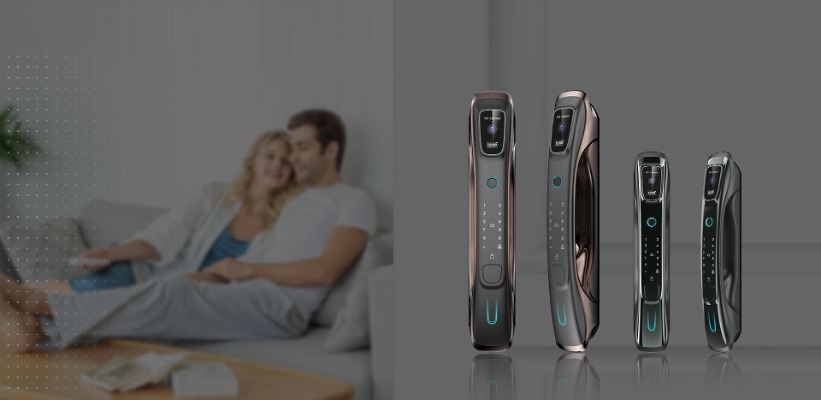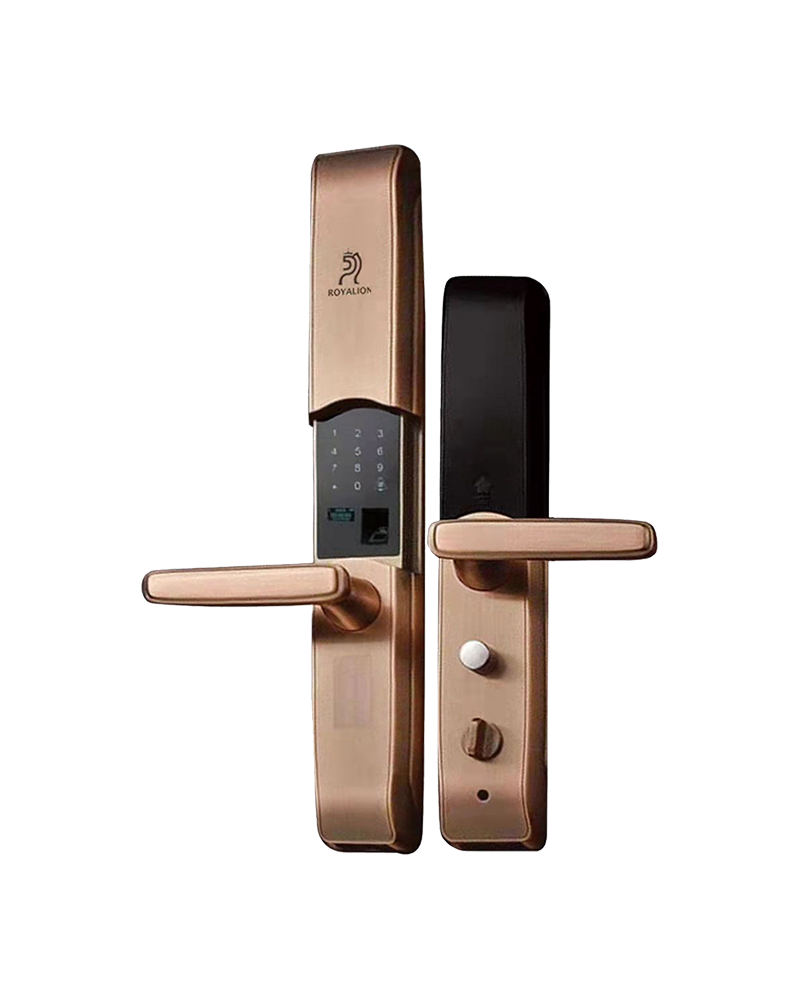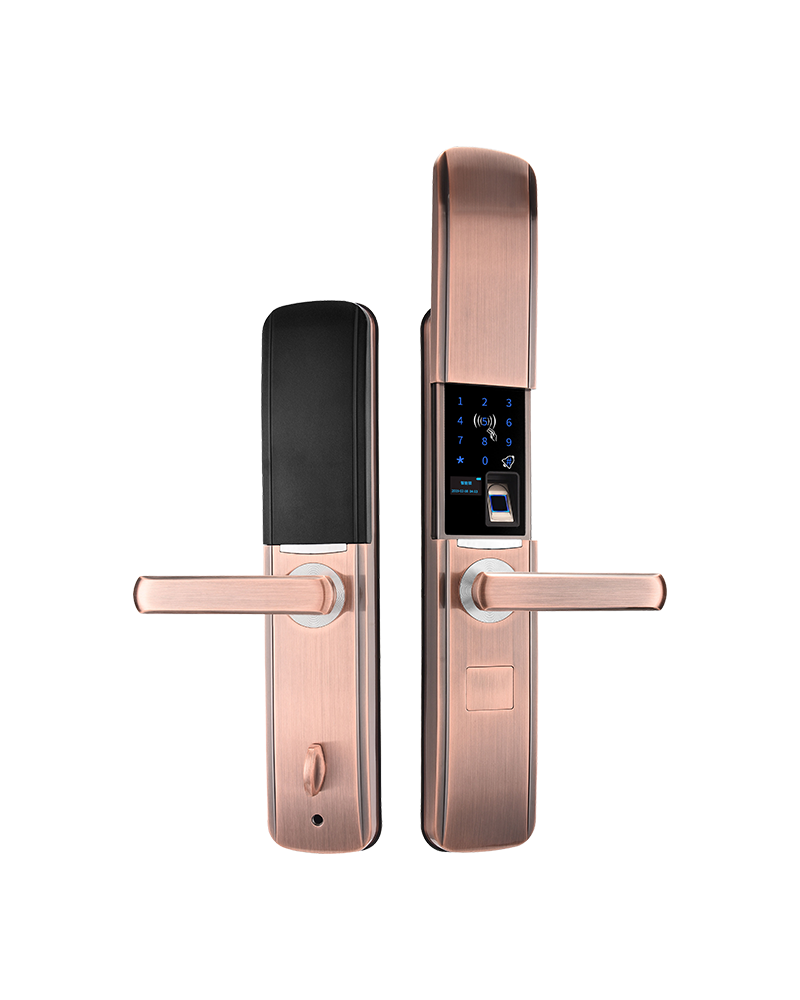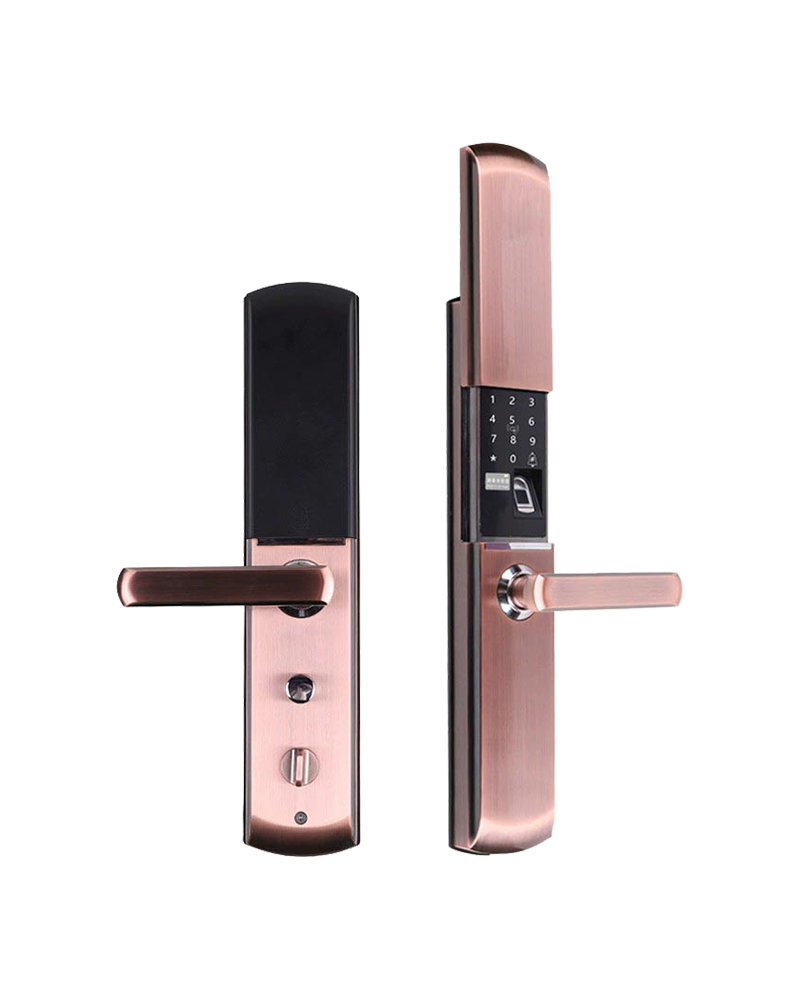keyless door lock Factory in China
The popularity of keyless door locks has surged, offering convenience and modern security solutions for homeowners and businesses alike. However, as I delve deeper into the world of these door locks, I have come to realize that they are not without their shortcomings. Understanding these limitations is crucial for anyone considering the switch from traditional locks to keyless door locks.
One of the significant issues I have encountered is the vulnerability to hacking. Many keyless door locks rely on wireless communication, making them susceptible to cyber-attacks. Hackers can exploit weaknesses in the lock's software or intercept signals, potentially gaining unauthorized access. This risk is particularly pronounced if the lock is not regularly updated with the latest firmware and security patches. I have learned that maintaining strong, unique access codes is essential, as weak or shared passwords can cause unauthorized entry.
Another concern I have observed is the potential for technical malfunctions. Like any electronic device, keyless door locks can experience failures due to dead batteries, software glitches, or connectivity issues. I have read numerous accounts of individuals being locked out of their homes because their keyless door locks failed to respond. To mitigate this risk, I recommend choosing locks that have backup physical keys or alternative access methods, ensuring that I am never completely reliant on technology.
Additionally, the reliance on batteries poses a challenge. Many keyless door locks operate on battery power, and if the batteries die unexpectedly, I could find myself locked out. To address this, I have adopted a routine of checking the battery status regularly and replacing them as needed. Some models even come with low-battery alerts, which I find incredibly helpful in preventing unexpected lockouts.
Physical tampering is another vulnerability that I have come to recognize. While door locks are designed to resist traditional lock-picking methods, they can still be physically compromised. I have learned that reinforcing the door frame and using high-quality materials can deter potential intruders. Additionally, I have considered installing security cameras or motion sensors near my entry points to monitor any suspicious activity around my keyless door locks.
Moreover, the cost of keyless door locks can be a barrier for many. While they offer advanced features, the initial investment is often higher than traditional locks. I have found that researching various brands and models can help me find a balance between cost and functionality. Some manufacturers offer budget-friendly options without sacrificing essential security features.
To enhance the security of my keyless door locks, I have also explored the use of multi-factor authentication. This method requires more than one form of verification, such as a password and a fingerprint scan, making it significantly harder for unauthorized users to gain access. I believe that implementing such measures can greatly improve the overall security of my home.
While keyless door locks present numerous advantages, they also come with notable drawbacks that I must consider. By staying informed about potential vulnerabilities and adopting proactive measures, I can enhance the security of my door locks. Regular maintenance, strong access codes, and physical reinforcements are just a few strategies I have implemented to ensure that my transition to keyless door locks is both secure and convenient. As I continue to navigate this evolving landscape of home security, I remain committed to making informed choices that prioritize safety and peace of mind.

 English
English Español
Español



